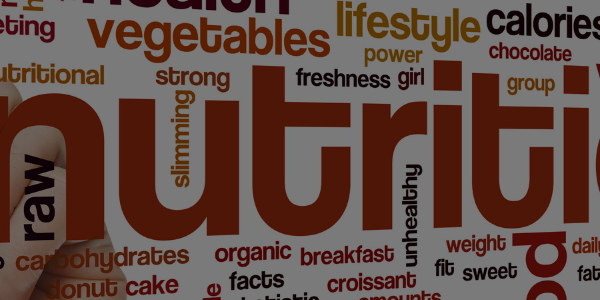Intermittent Fasting can essentially be described as an eating pattern whereby eating takes place for a certain period of hours and then fasting (not eating) for a set number of hours. It doesn’t specify which foods you should eat but rather when you should eat them.
The theory behind intermittent fasting is that our ancestors did not have access to food 24 hours a day like we do now — rather they existed in an environment where food was relatively scarce, and they had to function at their best physically and mentally often in a fasted state.
In modern times, this translates to limiting your meals during the day to a shorter number of hours than your fast. One example of this is the 16:8 intermittent fasting diet which limits eating to 8 hours a day and requires fasting for the remaining 16 of 24 hours, which is inclusive of time spent sleeping. The theory is to wake and work out in a fasted state, which forces your body to draw upon fat stores for energy and for you to consume reasonable meals throughout your 8 eating hours.
Some of the benefits of Intermittent fasting are as follows:-
- it has shown to be effective in limiting calorie intake to reduce fat while still maintaining performance and muscle tissue
- As we only need to plan for 2 meals per day there is less time spent preparing, eating, and cleaning up after meals
- it doesn’t require calorie or macro tracking so it can be used in conjunction with any healthy diet pattern that one already follows
- a strict eating schedule can prevent unnecessary calories that can lead to weight gain, particularly for those that struggle with mindless snacking throughout the day or boredom eating at night
My own interest in the area began several years ago when I was introduced to “the Fast Diet” by Michael Mosley which highlights the 5:2 diet, which involves eating normally 5 days of the week while restricting your calorie intake to 500–600 for 2 days of the week. I experimented with this eating pattern over a couple of months and found this to be quite easy and practical to implement and sustain over a long period of time. My 2 restricted calorie days were working days during the week, so I was easily able to bring lunch and organise a low calorie evening meal.
Over the last few years, I have trialled intermittent fasting based on the 16:8 diet and once again I have found this approach to be easy to adopt on an ongoing basis as the focus is on the timing of the meals and opposed to prescribing which foods one needs to eat. I found myself having more energy and it highlighted the fact that I actually did not need to eat every couple of hours and was easily able to adapt to eating when I actually felt hungry. For me this has now become a lifestyle choice and not a “diet”. I feel it has contributed to maintaining my weight over the last couple of years when combined with regular exercise and it has allowed me to be more in tune with my body. I now incorporate fasting and feel the health benefits in my daily life.
If intermittent fasting is something that you would like to find out more about, send us an email info@abhealthandfitness.com.au. We have an awesome team of allied health professionals that you could talk to about how this eating pattern could work for you.








